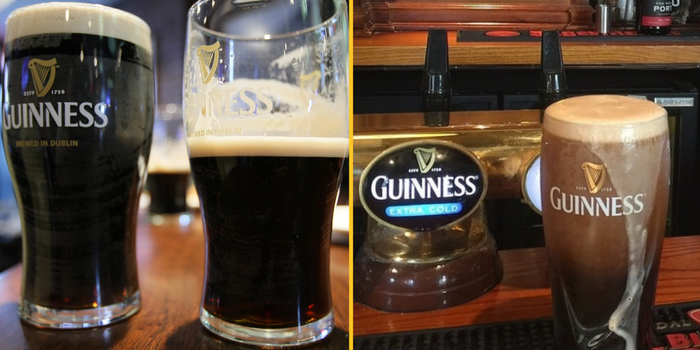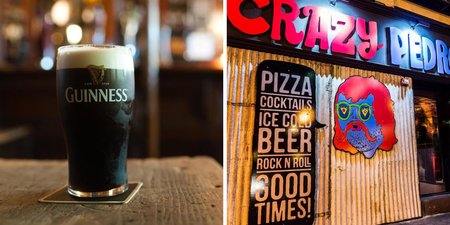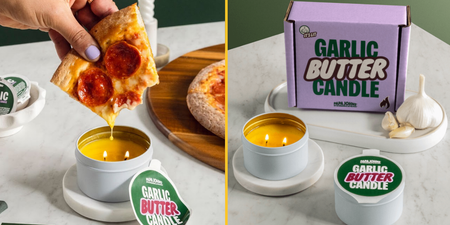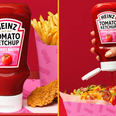No other drink commands such respect at the bar
There is an art to pouring a pint of Guinness, because a pint of Guinness is art.
Stormy hues of amber and honey clash like atoms in the Hadron Collider, with grainy colours resembling waves as they ferociously crash against a rocky shore.
It is dark stallions atop choppy water, a pulsating drumbeat. The race between surfer and stampede. Tick followed tock followed tick followed tock.
And then it is calm. Pure black stillness resting under a silk cream head that bulges ever so slightly over the brim of the glass. A perfect harmony of light against the dark.
It is hard to think about Guinness without thinking of the two-part pour, so synonymous is the technique within establishments worldwide.
Bartenders in Ho Chi Minh City will tilt the glass at a 45-degree angle and begin to fill up to the three-quarters mark in the same way as you would expect in Rio, Cape Town and, of course, Dublin.
They will set it down on the bar and go about their business, taking an order from someone else as you wait and pray that they won’t forget about your drink that lies resting as you wait in suspense.
It was recently reported that one in every ten pints poured in London’s pubs is now a Guinness, and post-lockdown sales surged 30 per cent as drinkers went out for “a proper pint”.
The feat is being hailed as a marketing triumph for Diageo, which eschewed new technology and the appeal of alternative approaches to take the brand’s solid foundations to a new generation of drinkers.
But what is even more remarkable is that everyone who orders a Guinness will have a strong view about how it is served, as if they are stakeholders in the brand and protectorates of its legacy.
It is an example, as Vittles put it in a recent email dispatch, of “commodity fetishism”, or put another way, people who hold aesthetic opinions of a brand simply vocalising decades of successful advertising.
The two-part pour has been proven to be “a cod” or a “marketing ploy”. From a taste perspective, it really doesn’t matter how you put stout into a glass – one-part, two-part or 12½-part pour – the result is the same, which, in fairness, is decent enough.
It’s like a barista pouring you a flat white without any of the decorative claptrap on top – it still tastes the same, you’re just bereft of a pretty leaf.
The shift for Guinness started in the 1950s when traditional wooden casks were replaced with nitrogen-charged metal casks to ensure efficiencies in transport and conditioning.
The new casks didn’t require time to allow the beer to settle, but regular Guinness drinkers needed to be persuaded that the new stout was just as good as the cask-conditioned version, and so the two-pour myth was conjured up and marketed far and ride to retain customer confidence.
Today it is even possible to achieve the feat at home using new ‘Nitrosurge’ cans that use ultrasonic technology to create the iconic two-part pour.
The £25 device transformed reporters at GQ into a Guinness god, according to this review, giving those staying at home the chance to do it ‘like they do it at the pub’, the Evening Standard adds.
And so the circle is complete.
Related link
Woman, 104, says secret to long life is ‘a Guinness a day and don’t marry’
How to eat and drink your way around the 92
The 10 best away days in the Premier League and EFL





















































